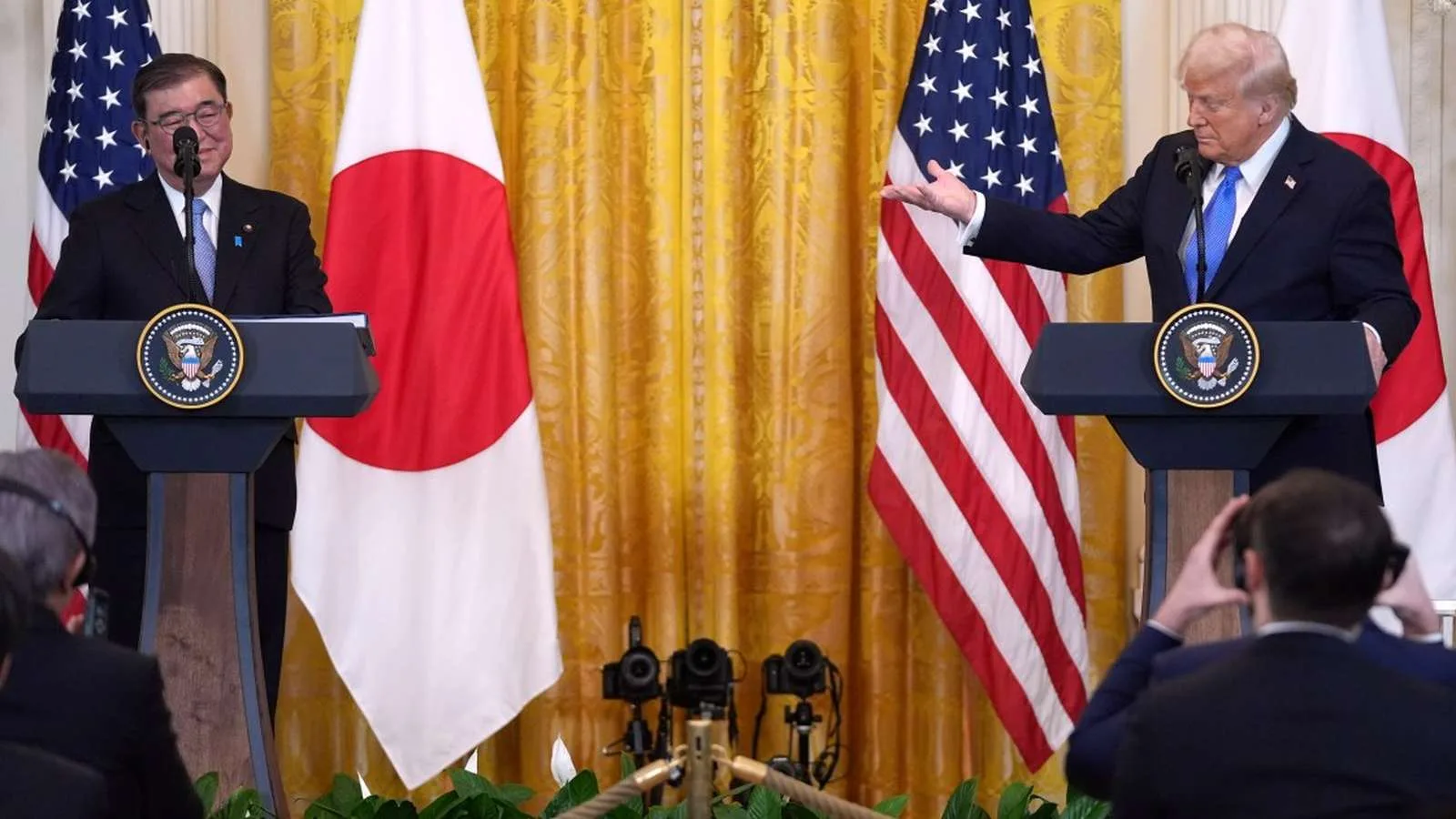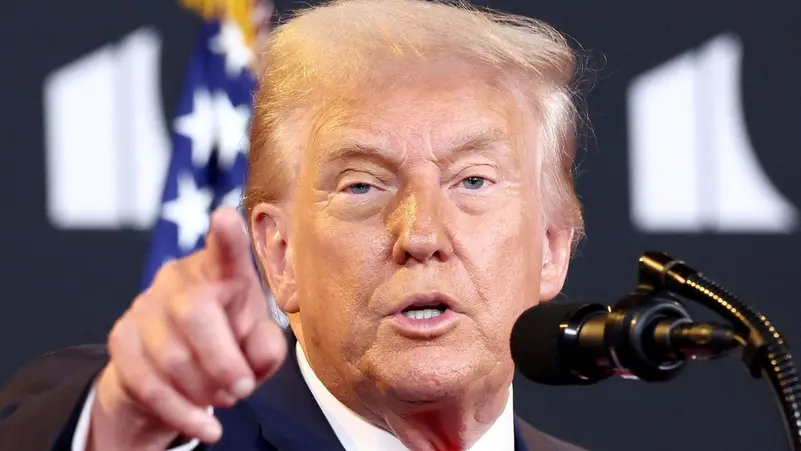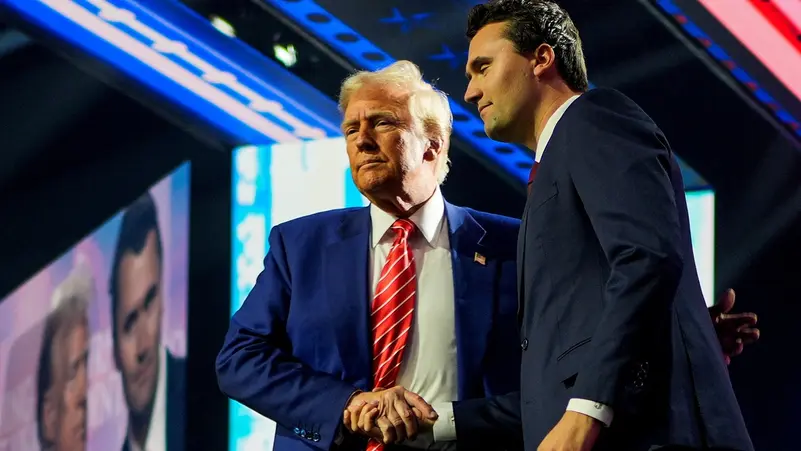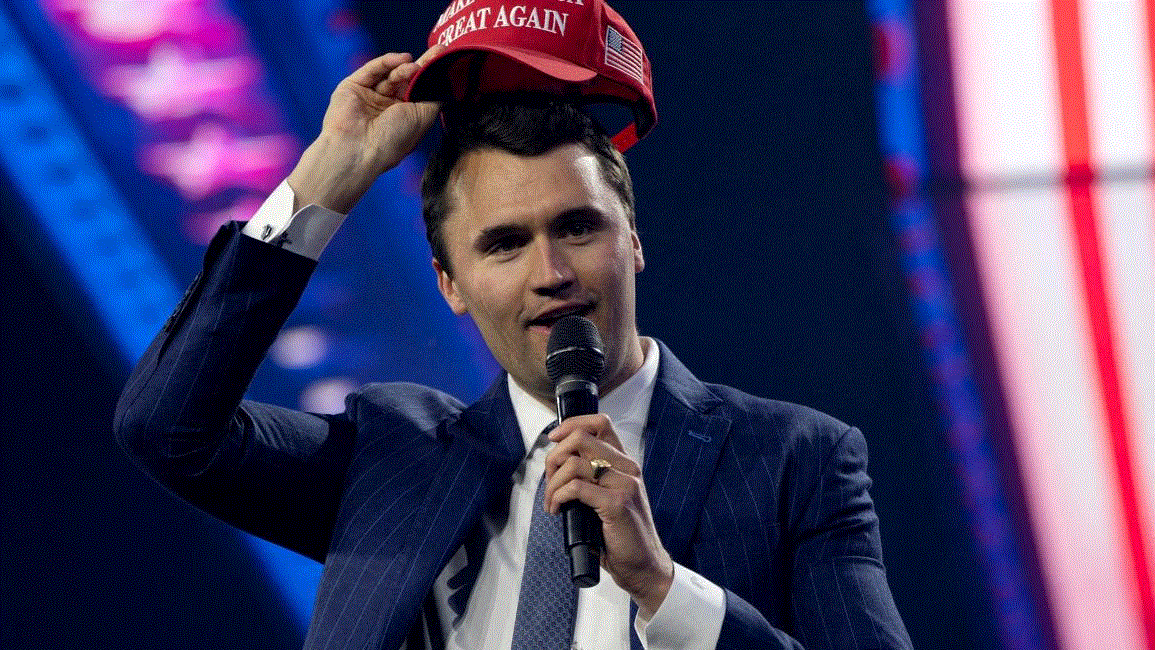Trump Secures Controversial Trade Deal with Japan: What It Really Means

Former President Donald Trump has struck a trade agreement with Japan that’s stirring both praise and skepticism. Framed by Trump as a major economic win, the deal promises new market access for American goods — but critics warn it may not be the comprehensive solution the U.S. economy truly needs.
What’s Inside the Deal?
The agreement focuses on lowering tariffs on billions of dollars’ worth of agricultural exports from the United States, including beef, pork, and wheat. In return, Japan gains reduced tariffs on some industrial products and maintains favorable terms for its auto industry — a major pillar of Japan’s economy.
While the deal stops short of being a full free trade agreement, it’s designed to boost U.S. farm sales and address some of the trade imbalance between the two countries.
Why Trump Pushed for It
Trump had long promised American farmers he would fight for better trade terms abroad. After pulling the U.S. out of the Trans-Pacific Partnership (TPP) early in his presidency, Trump needed a separate agreement to keep American farmers from being edged out by competitors like Australia and Canada — both of which remained in TPP.
The deal with Japan allowed Trump to claim he had delivered on his promise to protect U.S. agriculture.
Critics Say It Falls Short
Economists and trade experts point out that this agreement doesn’t address many of the larger trade barriers American companies face in Japan, especially in sectors like services and digital trade. Nor does it deal with auto tariffs in a way that significantly changes the current status quo.
Some argue that by abandoning TPP, the U.S. lost leverage to negotiate a broader, deeper agreement — and this smaller deal doesn’t fully compensate.
Impact on Farmers
Despite the criticism, many American farmers welcomed the deal. It levels the playing field against TPP countries, ensuring U.S. beef and pork can compete in the Japanese market at similar tariff rates.
For rural communities that had been hurt by trade wars and export declines, the agreement was seen as a badly needed boost.
Japan’s Strategic Win
For Japan, the agreement keeps trade flowing smoothly with the U.S. without forcing Tokyo to make deeper concessions on cars and auto parts. Japanese officials were keen to avoid new American tariffs on autos, and this deal helped defuse that threat.
Additionally, by securing the agreement outside the broader TPP framework, Japan gained flexibility in how it balances trade ties with other partners.
Political Fallout in Washington
Back in Washington, the deal fueled debate. Trump supporters hailed it as proof he could secure bilateral agreements that benefit American industries. Critics countered it was a missed opportunity to create a far more comprehensive trade partnership.
Some lawmakers warned that piecemeal deals like this could weaken America’s global trade position over the long term.
What Comes Next
The agreement leaves many questions unanswered: Will it be expanded into a broader free trade deal? Can the U.S. negotiate similar agreements with other Asian economies? And how will it fit into the growing economic rivalry with China?
Trade experts predict that the deal may only be the beginning of longer, more complex negotiations.
A Deal or a Detour?
In the end, Trump’s trade pact with Japan represents both a victory and a limitation. It delivers immediate relief to key sectors like agriculture but falls short of reshaping the economic relationship between the world’s largest and third-largest economies.
Whether history sees it as a smart step forward or a missed chance depends on what happens next.
Trump, Japan, Trade Deal, U.S. Economy, Agriculture, International Trade




